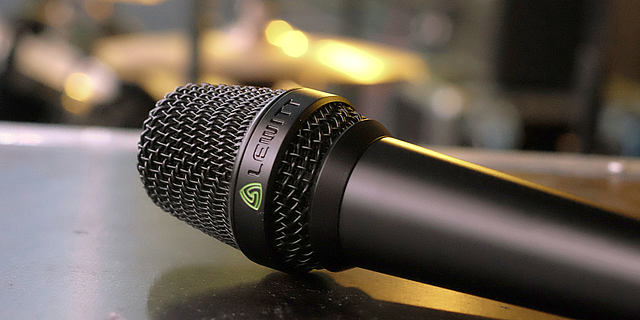
Blog
True love for great sound unites us.
Blog
True love for great sound unites us.
Paul White of Sound on Sound wrote a comparative review of the MTP 840 DM and the MTP 940 CM.

Paul White of Sound on Sound wrote a comparative review of the MTP 840 DM and the MTP 940 CM
Paul White about the MTP 840 DM:
"In its passive mode the MTP 840 DM is actually quite bright sounding, which is no bad thing in a live environment as it helps cut through the back line, though it can sound a touch sibilant with some voices. Of course you can always roll off a little top on the desk if it sounds too bright. The key point in this mode is that there’s bags of clarity and the lows have been rolled back to allow you to work very close to the mic without being overwhelmed by the proximity effect.
Switch to active mode and the tonal balance falls mid-way between a typical live dynamic mic and a studio mic, with warmer lows and less in the way of added presence. Indeed you might be hard pushed to tell the mic from some capacitor models when used this way. In either mode you may need to engage the low–cut filters to avoid popping. The passive mode would be of particular benefit to singers who find that the more common choices of dynamic microphone leave them sounding a touch muddy. This extra brightness could also help compensate when using less exotic PA speakers.
Though the active option is voiced for studio use, it makes a useful alternative for live use where a warmer and less cutting sound is required. As you’d expect from the inclusion of active electronics, this mic costs a little more than most typical dynamic models but it is still very reasonably priced for the quality on offer."
Paul White about the MTP 940 CM:
"LEWITT say the mic is aimed at vocalists who want to recreate the sound of their studio mics on stage, but equally the MTP 940 CM can be used in the studio by those vocalists who only give of their best using a hand–held mic.
Compared with the MTP 840 DM, the MTP 940 CM is a very ‘big’-sounding mic, with robust lows balanced by a detailed yet smooth high end. I tended to use the pattern switch in its standard cardioid position, but having wider and narrower pattern choices certainly makes it more versatile. As suggested by the manufacturers, the MTP 940 CM does indeed sound like a large–diaphragm capacitor studio mic, though even with the low–cut filter set at its highest position, I was still somewhat concerned that the lows might get the better of it if used very close to the mouth, so some extra LF roll–off on the desk might be required. In situations where it’s not used very close to the source, the tonal balance should be fine. This is a very classy–sounding mic and is probably best suited to non–rock situations; for example, where a piano–playing singer needs to create a warm, intimate atmosphere with a studio–like quality to the sound. When fighting it out with a loud band, the MTP 840 DM is probably more appropriate.
As LEWITT suggest, there’s no reason not to use the MTP 940 CM as a studio mic, either hand–held or standmounted, so if you need one mic that can meet both your live and studio vocal needs, the MTP 940 CM is certainly a contender."